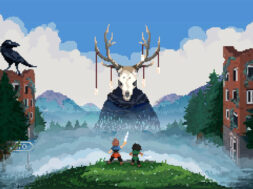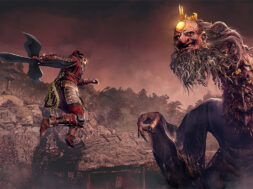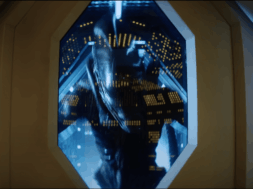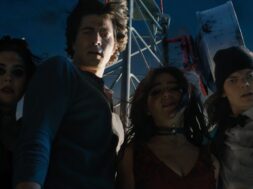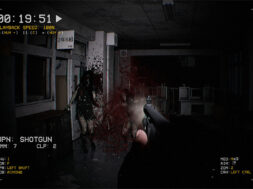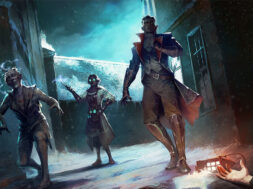Andy Muschietti’s IT: Chapter Two features extensive flashbacks to the ’80s, when the members of the Losers Club were kids, and that required a wealth of material that wasn’t actually filmed for the first movie. Since the kids had done so much growing and changing in the years since IT was filmed, Muschietti and the team were forced to digitally de-age them.
That makes IT: Chapter Two the first horror movie to use the de-aging technology, and Lola VFX’s Sarah Marika details the process in a new chat with Indiewire this week. Appearances, voices and even heights all had to be played with in post-production, she explains.
“Working on the kids in that age group, the amount of time was shorter than dealing with adult actors (10-30 years), but that’s the most dramatic period where you go through the most changes,” Marika told the site. “We studied the first film and we realized that from sequence to sequence there were differences. But you watch a film with kids in it and your brain forgives that. But we needed to take references from the first film and find a compromise target to work toward for de-aging each kid. And we tried to come up with a formula of what would work with each kid.”
The flashback sequences required a total of 200 VFX shots, notably including the addition of weight to Jeremy Ray Taylor and the digital restructuring of Finn Wolfhard’s face.
Marika detailed, “Richie underwent the most dramatic change and there were several issues with him, so finding the right balance of being faithful to what he looks like and being faithful to his performance was important. Maintaining the performance is always our biggest priority, and in this film that was extra challenging because this was the first time we’ve worked on a film where every single voice was also modified after the fact. So that also has a bearing on the performance.”
Head over to Indiewire to read the full interview with Marika.
